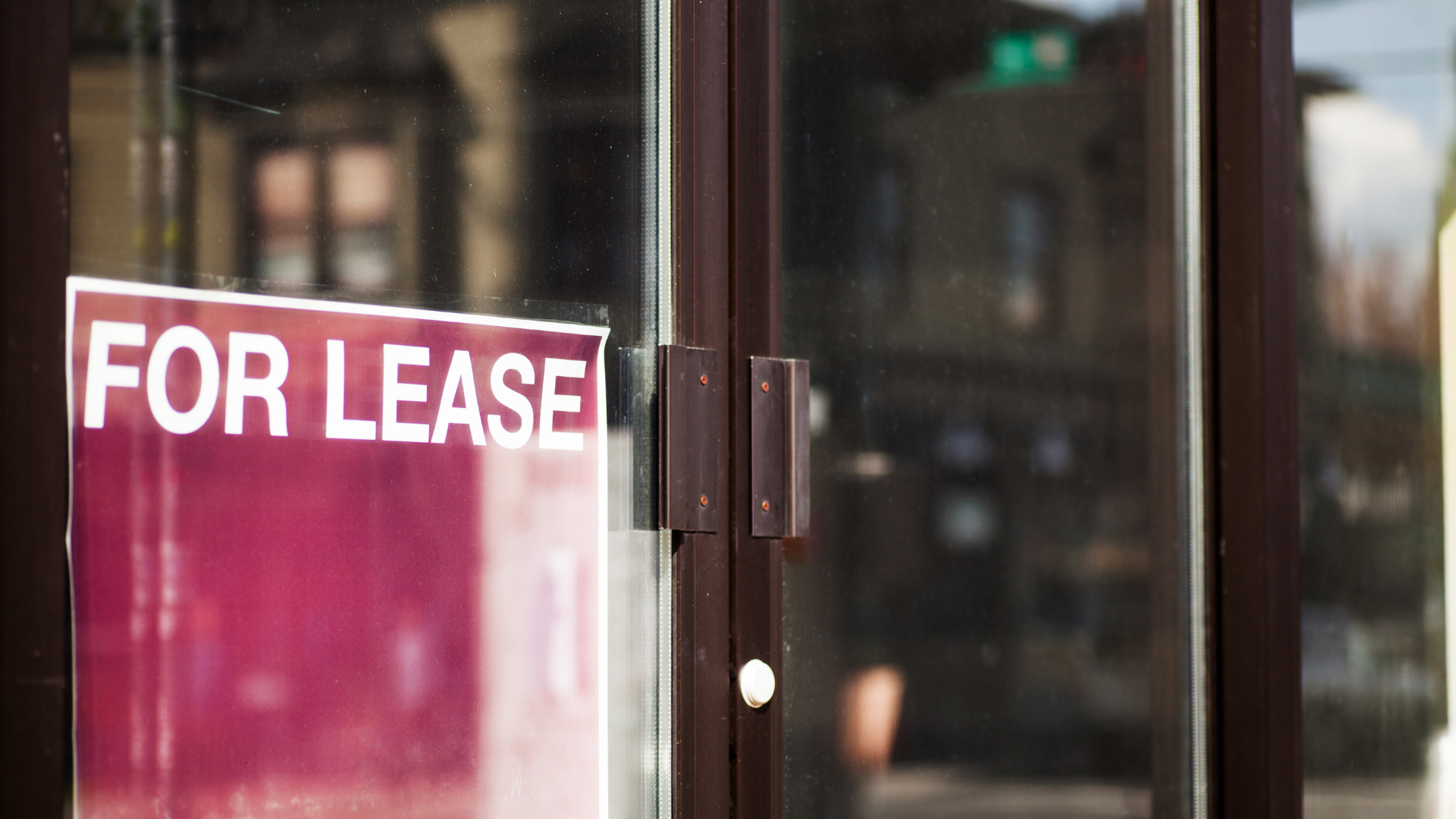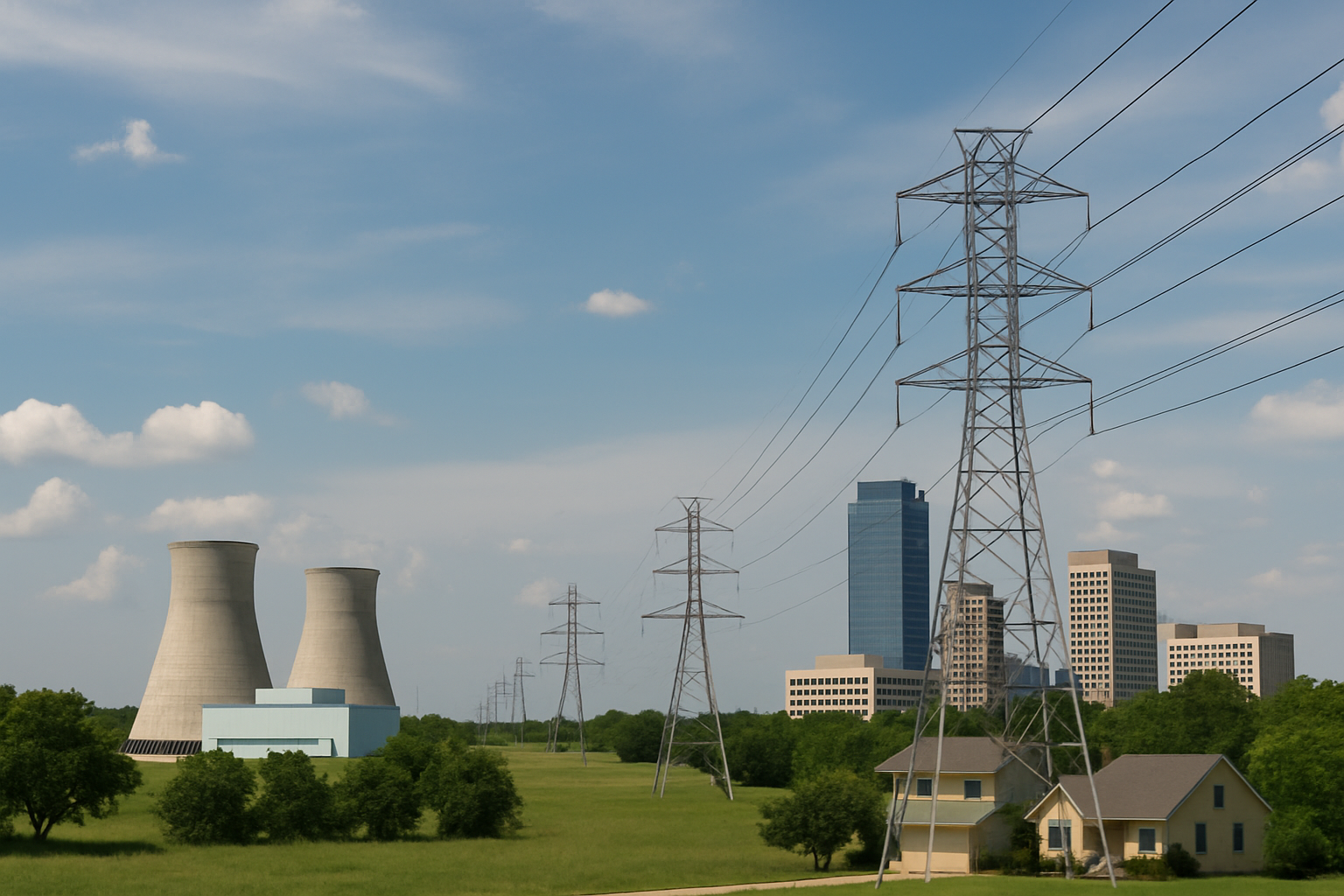March 2, 2023
WHAT TO EXPECT FROM DEVELOPING IN THE ETJ VS THE CITY
Land development is important to communities. While we may face the burdens of having heavier traffic and ecosystem changes, development also generates more jobs and unites locals. Before you go searching for a parcel of land to break ground on, however, you need to understand what goes into the development process. What kind of property is going to earn you the best return on investment? How do you go about acquiring land? Who can provide you with the relationships and local knowledge you need?
A Certified Commercial Investment Member (CCIM) is exactly who you need to minimize your risk. The CCIM designation is the gold standard for commercial real estate professionals. These experts will develop a comprehensive strategy for you to make your investment a successful one. Let’s take a look at what you can expect out of land development with a CCIM in Austin by your side.
DEFINITION OF CITY
A city is an area in which a larger number of people live close together than a town or a village. But it is more than a physical imprint on a map. Cities often have their own separate governments, as well as utility and transportation maintenance systems. While Austin is among the largest cities in Texas, Houston comes out on top with well over two million residents.
DEFINITION OF EXTRATERRITORIAL JURISDICTION
Every Texas city has an extraterritorial jurisdiction (ETJ). An ETJ is defined as a situation when a state’s legal power is extended beyond its territorial boundaries. It is located within a specified distance of the corporate boundaries of the municipality. A municipality’s population only incorporates residents within city limits, and does not include ETJ residents. Although, the size of an ETJ depends on the city’s population.
ETJ ZONES IN TEXAS
In an extraterritorial jurisdiction zone, a municipality regulates land that they do not have jurisdiction over. This differs from annexation, in which a municipality claims the land. What this means is that property owners cannot vote in an ETJ zone, nor do they have to pay taxes to the municipality. It is important to be aware of this because Austin is the number one housing market for growth and stability. But it is also the second most overpriced in the country. This is due to the rise in housing prices and mortgage rates. This causes many homeowners to be priced out of Austin and other major metro areas in Texas.
TEXAS ANNEXATION RIGHT TO VOTE ACT
In 2017, the Texas Senate voted 19-12 in favor of the Texas Annexation Right to Vote Act, otherwise known as Senate Bill 6. This means that they passed a bill to allow people to vote on whether a city is able to annex them. Homeowners and businesses are to be protected from forced annexation. Ultimately, according to the immediate release, this bill makes the municipal annexation process in Texas more democratic.
STATE STATUTES FOR REGULATING ETJS
A CCIM in Austin will tell you that cities are able to regulate activity in their extraterritorial jurisdiction. Specifically, they can regulate water conservation, waste disposal, and signage. Regulation is accomplished through six types of statutes—Texas Health & Safety Code, Texas Local Government Code, Texas National Resources Code, Tax Tax Code, Texas Water Code, and Texas Administrative Code. State law, however, determines what a city is not allowed to regulate in an ETJ. It prohibits these matters:
- Certain circumstances involving the size, type, or method of construction of a water facility that is constructed to serve a developed tract
- The use of a property for residential, commercial, or industrial purposes
- What size, bulk, and height a building can be constructed on a tract of land
- The number of buildings that can be constructed on a tract of land
- How many residential units can be built per acre of land
THE PROCESS OF LAND DEVELOPMENT
Often viewed as a complex investing strategy, the raw land development process is one that not many beginners tackle. But that isn’t to say beginners should avoid it. Many new real estate investors are capable of being successful with investing in raw land. This entails purchasing a parcel of land with either the intention of building on it or simply holding onto it to earn long-term appreciation. Once you have discussed with your CCIM in Austin and determined the economic feasibility of raw land investing, follow these three steps.
Land Acquisition
Your offer price for a parcel of land is dependent on your knowledge of the estimated costs, revenue, and overall return. Fair market value determinations must be made, as they are the primary foundation for individual offer amounts. The fair market value is established through the Buy-Back Program. Using the mass appraisal methodology, the Buy-Back Program considers properties that are in similar use with comparable, available sales data. As a real estate investor, you will have your contractor submit a bid for this development project.
Zoning
Zoning codes are set by local governments. They define what can and cannot be built on a parcel of land. This has the potential to hinder your investment approach. Therefore, when choosing to invest in raw land, it is important to consult with a CCIM in Austin about how you can proceed. A CCIM will be highly knowledgeable about how local zoning laws will factor into the type of property you are looking to construct. This way, you get the right space for your activities and the expected building shape.
Construction
Contractors are typically paid in increments of duties performed. Once you have determined the type of financing you need to obtain, you are able to kick off construction. In many cases, you can expect to undergo horizontal development. Horizontal development refers to adding infrastructure to prepare a piece of land. This includes grading for roads, curbs, and utilities. After that, you can do vertical construction, in which the building is created. You should have a plan in mind, perhaps with market advice provided by your CCIM in Austin in mind.
HOW TO MARKET DEVELOPED LAND
Consult with a CCIM in Austin about how to best handle the marketing at the end of your land development. They have the market knowledge to help you attract qualified buyers to your property. A big part of this step will be marketing online. You should have a well-designed website, online listings (including the MLS), and active social media accounts. No longer are physical marketing materials the primary driver of sales. Prospective tenants are going to do thorough research into whether a property is a right fit for them, so you must catch them everywhere they are.
Your business needs a team of experienced and ethical brokers behind you when developing land. Even long after a building has been constructed, a commercial real estate brokerage can give you a guiding hand. No matter your situation, Commercial Industrial Properties uses cutting-edge technology to fulfill all of your real estate needs. If you are interested in working with a professional CCIM in Austin, just send us a message!



